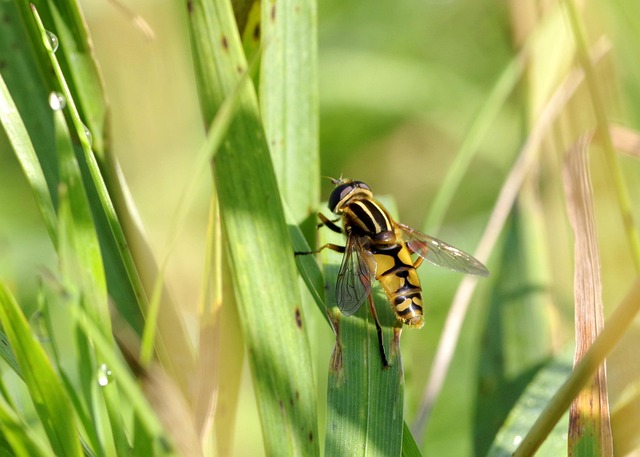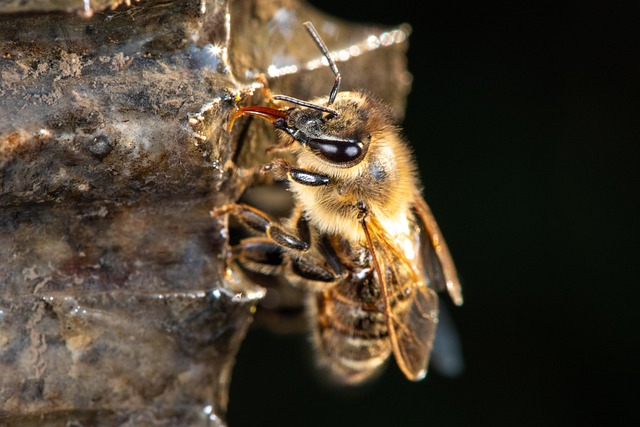Sick Bugs Reveal the Hidden Struggle of Insect Health
When we think of disease in the animal kingdom, our minds often drift to mammals, birds, or fish. Insects, the most abundant and diverse group of animals on Earth, are frequently dismissed as harmless or even beneficial. Yet, within the millions of species that thrive in every corner of the globe, a silent and complex battle unfolds each day: the struggle against illness among insects. Understanding the ways in which these tiny creatures confront and sometimes succumb to disease not only sheds light on their biology but also reveals profound implications for ecosystems, agriculture, and human health.
What Makes an Insect a “Sick Bug”?
The term “sick bug” evokes an image of a struggling insect, but diagnosing illness in insects is far more nuanced than it appears. Unlike vertebrates, insects lack a central nervous system that can signal pain or distress in recognizable ways. Researchers rely on observable changes in behavior, physiology, and morphology to identify sickness. Typical indicators include lethargy, reduced feeding, abnormal locomotion, altered coloration, and the presence of external parasites or fungal growth. In addition, microscopic examination of internal tissues can reveal infections by bacteria, viruses, protozoa, or parasitic worms.
Common Pathogens and Their Strategies
Insects encounter a myriad of pathogens that exploit their unique biology. Bacterial infections such as Paenibacillus larvae, which devastates honeybee colonies, spread through the gut and hemolymph, compromising the bee’s immune defenses. Viral threats like the Deformed Wing Virus (DWV) replicate within the insect’s fat body, leading to wing malformations and premature death. Fungal pathogens, notably Metarhizium anisopliae and Beauveria bassiana, invade the exoskeleton and penetrate tissues, ultimately draining the host’s energy reserves. Parasitic insects, including parasitoid wasps, lay eggs inside or on the body of a host; their larvae consume the host from within, a strategy that can be devastating for the prey species.
“The hidden world of insect diseases is a complex interplay of host defense and pathogen offense,” says Dr. Elena Morales, an entomologist studying insect immunity. “Each species has evolved specialized mechanisms to detect and counteract threats, but pathogens have kept pace with equally sophisticated countermeasures.”
The Invisible Toll on Ecosystems
Insect populations are fundamental drivers of ecological processes. Pollinators such as bees and butterflies transfer pollen, enabling plant reproduction. Predatory insects like lady beetles control aphid populations, maintaining plant health. Soil-dwelling insects, including termites and various beetles, decompose organic matter, cycling nutrients back into the ecosystem. When sick bugs experience reduced vitality or increased mortality, these processes can be disrupted, leading to cascading effects. For instance, widespread infection of pollinators can reduce seed set in wild plants, ultimately altering plant community composition.
Case Studies of Disease Impact
- Honeybee Colony Collapse: The introduction of the Varroa mite and associated viruses has led to the loss of millions of colonies worldwide. The decline in honeybee populations has directly impacted the pollination of numerous crops, including almonds, apples, and berries.
- Fall Armyworm Outbreaks: In Africa and Asia, the fall armyworm (Spodoptera frugiperda) has devastated corn yields. However, research indicates that natural fungal pathogens, such as Clonostachys rosea, can suppress armyworm populations, highlighting the potential for biological control.
- Deformed Wing Virus in Bumblebees: Studies have shown that infected bumblebees exhibit impaired flight and foraging behavior, reducing their effectiveness as pollinators and potentially leading to local declines in pollinator diversity.
How Insects Fight Back: The Science of Insect Immunity
Despite lacking an adaptive immune system like that of vertebrates, insects possess a robust innate immunity. Key components include:
- Physical barriers: The exoskeleton provides a first line of defense against mechanical damage and pathogen entry.
- Cellular responses: Hemocytes, the insect equivalent of blood cells, perform phagocytosis, encapsulation, and nodulation to capture and isolate invaders.
- Humoral responses: Antimicrobial peptides (AMPs) such as defensins, cecropins, and drosomycin are secreted into the hemolymph to kill or inhibit microbes.
- Heat shock proteins: These proteins help refold damaged proteins and protect cells during infection-induced stress.
Recent genomic and proteomic studies have uncovered an astonishing diversity of AMPs across insect taxa, indicating that evolution has fine-tuned immune strategies to the specific pathogen landscapes each species faces.
Emerging Research and Future Directions
Modern research harnesses cutting-edge technologies to explore insect disease dynamics:
- Metagenomics: Sequencing the microbial communities within insects reveals hidden symbionts and pathogens that influence host health.
- CRISPR-Cas Gene Editing: Targeted knockouts of immune genes allow scientists to dissect the functional roles of specific pathways in disease resistance.
- Environmental Monitoring: Remote sensing and citizen science platforms track disease outbreaks in real time, informing management strategies.
These tools promise to transform our ability to predict, prevent, and mitigate insect diseases, thereby safeguarding the ecological services they provide.
Human Interventions: From Pest Control to Conservation
Human activities influence the prevalence and spread of sick bugs. Pesticide use can reduce predator populations, allowing pest insects to thrive and accumulate disease. Conversely, certain pesticides may harm beneficial insects, compromising their immunity. Integrated pest management (IPM) seeks to balance control of harmful insects with the preservation of natural enemies, thereby maintaining ecosystem resilience.
On the conservation front, protecting habitats and ensuring diverse plant communities can enhance the natural diversity of insect populations, reducing the risk that a single disease can wipe out an entire species. Conservationists also advocate for the preservation of microbial diversity, recognizing that beneficial microbes can bolster insect immunity.
Practical Takeaways for Everyday Life
- Support native pollinators: Planting a variety of flowering species encourages healthy pollinator populations, which can better resist disease.
- Use organic practices: Reducing chemical inputs supports both insect health and the broader ecological network.
- Report unusual insect behavior: If you notice lethargic or oddly colored insects, consider notifying local extension services; early detection can prevent large-scale outbreaks.
Conclusion: The Hidden Struggle That Shapes Life on Earth
The study of sick insects uncovers a hidden layer of ecological complexity. These tiny organisms, often overlooked, are engaged in a relentless contest with viruses, bacteria, fungi, and parasites. Their responses to disease—through remarkable innate defenses, symbiotic partnerships, and behavioral adaptations—highlight both the fragility and resilience of natural systems. As our world faces climate change, habitat loss, and intensified agricultural practices, understanding and supporting insect health will be essential for maintaining the biodiversity and ecosystem services that sustain all life.



